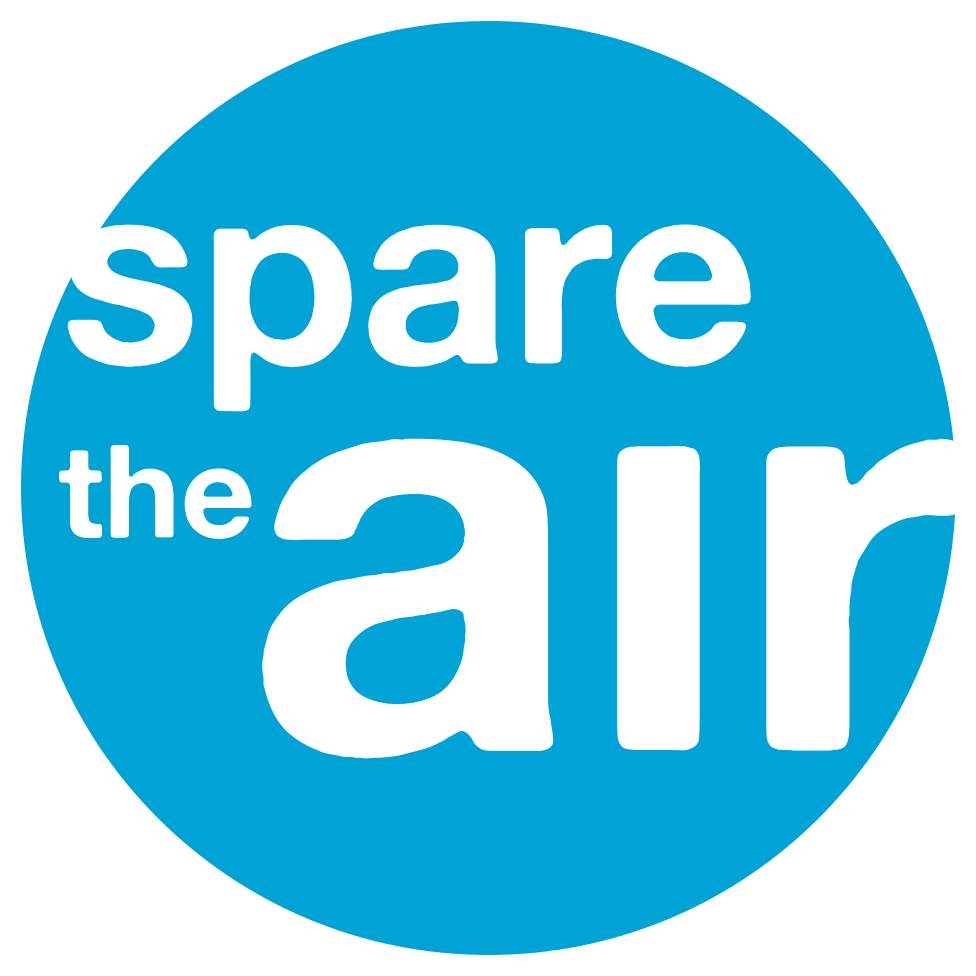Is your company ready to start or reinvent its commute program? We are here to help with a four-pronged approach to gathering employee input, identifying priorities, building a program that fits your company, and promoting engagement inside and outside your company.
As you review survey results, consider these questions to help select the best commute solutions for employees:
What’s your goal? For instance, you may want to reduce the number of employees who drive alone to work and target the drive-alone rate. Be realistic about what you can accomplish. Set a goal to reduce the drive-alone rate 3%-5% in the first year, and monitor how your program performs.
Do employees already use commute alternatives? Employees who already use a commute alternative are generally more open to adding another day or using a different mode. Encourage this group by offering an incentive if they increase their use of a commute alternative.
Where are your commute clusters? Using residential ZIP codes, identify groups of employees who live near each other and drive alone to work. If many of your solo drivers live near the worksite, focus on a walk and bike campaign. Carpooling is a good option for people who may need flexibility but want to share rides a few times a week. Vanpooling works well for groups of 6-15 employees who travel more than 20 miles each way. Take the time to research high-occupancy vehicle (HOV) lanes, express lanes and Park & Ride lots that could serve specific employees. Study whether private shuttles to or from major residential centers or transit hubs are appropriate. Include this information in your outreach.
Will you promote public transit? BART, Caltrain, SMART, ACE or ferries are good alternatives to promote if enough employees live near stations or terminals. Consider how employees will get to and from stations – often referred to as the "first mile" and "last mile", or bike share options. Employees often want to drive from home to a station or terminal, but they lack adequate parking. Others can take a bus, but they need discounted transfer fare to afford it. Take time to explore parking availability, and check to see if there is secure bike parking or if the transit agencies offer special incentives. Many offer carpool parking and inter-agency transfers for commuters. Include this information in your outreach.
What do employees cite as the largest barriers to using commute alternatives? Uncertainty in the event of an emergency is one common barrier for employees. Promote and register for any guaranteed ride home programs available in your county. Another common barrier for employees is a fixed work schedule. Allowing employees some flexibility with start and end times opens more possibilities for alternative commuting.

